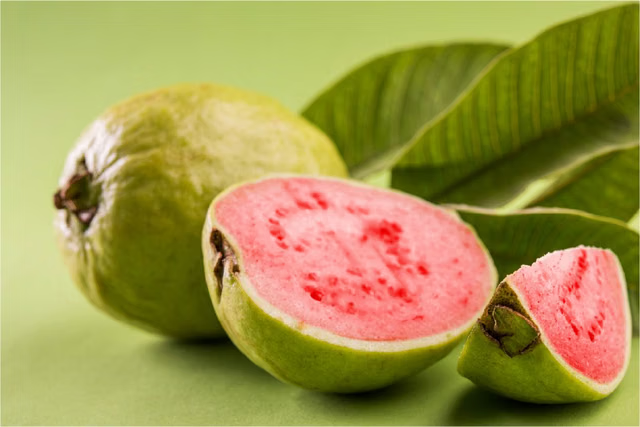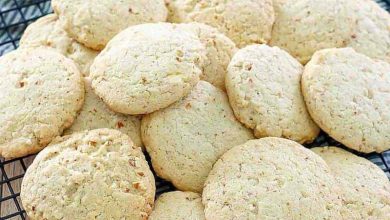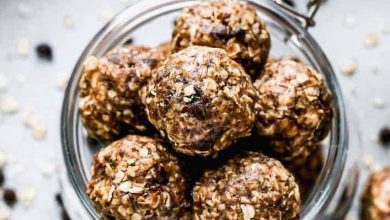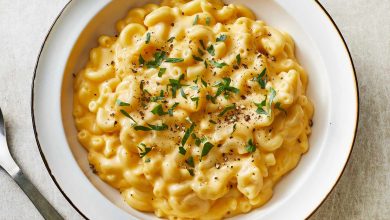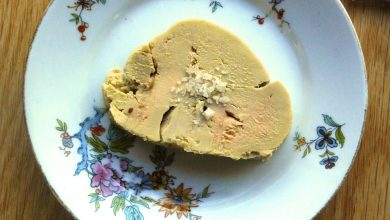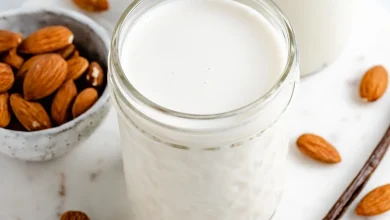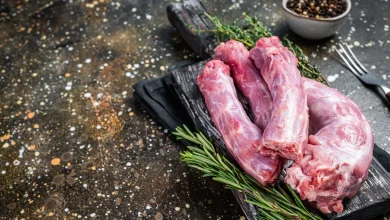Chrysanthemum Leaves (Raw) – Nutritional Information
Chrysanthemum leaves, often used in Asian cuisines, are a nutrient-packed leafy green that adds both flavor and health benefits to a variety of dishes. These vibrant leaves are rich in vitamins and minerals, making them a great choice for boosting your overall nutritional intake. Whether consumed fresh in salads, soups, or stir-fries, chrysanthemum leaves offer a mild, slightly bitter flavor that complements both savory and light dishes.
Nutritional Breakdown (per 100g of Raw Chrysanthemum Leaves)
| Nutrient | Amount |
|---|---|
| Energy | 24.0 kcal |
| Protein | 3.36 g |
| Total Fat | 0.56 g |
| Saturated Fat | 0.0 g |
| Carbohydrates | 3.01 g |
| Dietary Fiber | 3.0 g |
| Sugar | 0.0 g |
| Calcium | 117.0 mg |
| Iron | 2.3 mg |
| Magnesium | 32.0 mg |
| Phosphorus | 54.0 mg |
| Potassium | 567.0 mg |
| Sodium | 118.0 mg |
| Zinc | 0.71 mg |
| Copper | 0.137 mcg |
| Manganese | 0.943 mg |
| Selenium | 0.3 mcg |
| Vitamin C | 1.4 mg |
| Thiamin (Vitamin B1) | 0.13 mg |
| Riboflavin (Vitamin B2) | 0.144 mg |
| Niacin (Vitamin B3) | 0.531 mg |
| Vitamin B6 | 0.176 mg |
| Folate (Vitamin B9) | 177.0 mcg |
| Vitamin B12 | 0.0 mcg |
| Vitamin A | 94.0 mcg |
| Vitamin E | 0.0 mg |
| Vitamin D2 | 0.0 mcg |
Allergen Information
Chrysanthemum leaves are generally safe for most people and do not contain common allergens such as gluten, dairy, nuts, or shellfish. However, individuals with specific plant allergies, especially those to the Asteraceae family (which includes daisies, sunflowers, and chrysanthemums), should exercise caution and consult with a healthcare provider before consuming chrysanthemum leaves.
Dietary Preferences
- Vegan: Chrysanthemum leaves are plant-based and suitable for vegan diets.
- Vegetarian: This ingredient is also perfect for vegetarians.
- Gluten-Free: Chrysanthemum leaves are naturally gluten-free, making them an excellent choice for individuals with celiac disease or gluten sensitivities.
- Low in Calories: With only 24 calories per 100 grams, these leaves are ideal for those looking to manage their calorie intake while maintaining a nutrient-rich diet.
- Low in Fat: At just 0.56 grams of fat per 100 grams, chrysanthemum leaves are a heart-healthy option that won’t contribute excessive fat to your diet.
- High in Fiber: Offering 3 grams of dietary fiber, they can help improve digestive health and contribute to a feeling of fullness.
Health Benefits
Chrysanthemum leaves are an excellent source of essential vitamins and minerals, contributing to overall health and well-being. Some of the key health benefits include:
- Rich in Antioxidants: These leaves contain small amounts of vitamin C and other antioxidants, which can help combat oxidative stress and support a healthy immune system.
- Supports Bone Health: With 117 mg of calcium and 32 mg of magnesium per 100 grams, chrysanthemum leaves contribute to maintaining strong bones and preventing conditions like osteoporosis.
- Boosts Heart Health: High levels of potassium (567 mg) and magnesium help regulate blood pressure and promote healthy cardiovascular function.
- Supports Healthy Skin: The small amounts of vitamin A (94 mcg) in chrysanthemum leaves can support skin health and help maintain healthy vision.
- Promotes Digestive Health: The dietary fiber in chrysanthemum leaves supports digestion by improving bowel regularity and maintaining gut health.
Cooking Tips
Chrysanthemum leaves can be used in a variety of ways, offering versatility in your kitchen. Here are some ideas:
- Raw: Use fresh chrysanthemum leaves in salads for a crisp, refreshing crunch. Pair them with other greens, cucumbers, and a light vinaigrette.
- Soups and Stews: Add raw or slightly wilted chrysanthemum leaves to soups or stews for an earthy flavor that balances out richer ingredients.
- Stir-Fries: Toss chrysanthemum leaves into stir-fries just before serving to retain their vibrant color and mild flavor.
- Teas and Infusions: In some cultures, chrysanthemum leaves are steeped to make refreshing herbal teas, either alone or mixed with other flowers like jasmine.
Conclusion
Chrysanthemum leaves are a powerhouse of nutrients and can easily be incorporated into a variety of dishes. With their impressive nutrient profile and versatile culinary uses, they make a valuable addition to any diet, whether you’re looking to boost your intake of vitamins and minerals, manage your weight, or simply enjoy something delicious and fresh.



